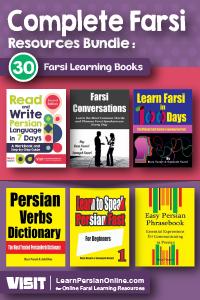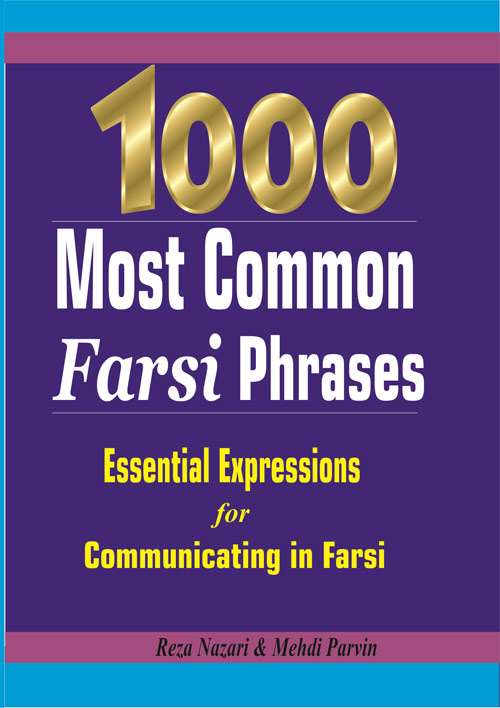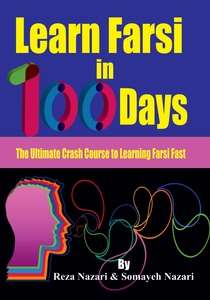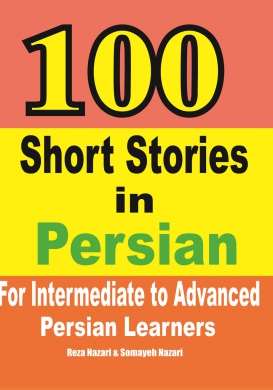
Teaching any foreign language can be a difficult but rewarding experience, and Persian is no exception. We think one of the major challenges you will face is deciding on your approach to teaching. Actually, this will depend on your audience and the individual strengths and preferences of both you and your students. Once you’ve decided how to teach Persian, work on helping your students get the basics of the language down. Make your students’ experience more meaningful by helping them connect personally with the Persian language and culture.
Best Farsi Learning Resource!
Developing Your Approach

1. Identify your audience
The best approach to teaching Persian depends a lot on whom you are teaching. For example, teaching adults is different from teaching children. You can ask yourself some of the following questions about your students and their circumstances:
- «How old are my students?»
- «Do they have any prior experience with learning Persian or other foreign languages?»
- «Do they have any family members or friends they can speak Persian with?»
- «Will I be teaching a large group of language learners, or working closely with individuals or small groups?»
- «It’s important to ask yourself: what do my students hope to gain from this experience? Do they want to use Persian in casual conversation, or study in Iranian universities?»
2. Please use immersive or task-based methods for a more natural approach
Immersive or task-based methods allow students to learn Persian more naturally by jumping straight into using the language without worrying about rules or memorization. This approach may be most effective for students learning to speak and understand spoken Persian.
In fact, immersive or task-based teaching focuses on engaging the students through topic-focused conversation, activities, and play.
Persian courses:
- Beginners Complete Persian Course
- Intermediate Complete Persian Course
- Advanced Complete Persian Course
Teaching the Basics

1. Ask your students to write
Writing in Persian will help your students gain a better understanding of the mechanics of the language. Also, it will build their confidence in their ability to use Persian as an actual communication tool, as opposed to something they just passively receive and understand.
Please provide plenty of structure and give specific topics for your writing assignments so that your students don’t feel overwhelmed. For example, you can ask your students to write 1 paragraph summarizing what they did last weekend.
2. Expose your students to a variety of Persian vocabulary
The best way to help your students build a rich Persian vocabulary is to put that vocabulary in context and encourage them to actively use it. Introduce a wide variety of Persian words by organizing your lessons around different themes and topics. Come up with a list of Persian words that you would like to use in each lesson, and reinforce the use of those Persian words through homework assignments, in-class discussions, and repetition in later lessons.
- For example, doing a unit on Persian foods is a great way to introduce vocabulary relating to food, cooking, and eating.
- Have your students use their vocabulary by describing how to order food in a Persian restaurant.
3. Teach at least a little bit of grammar
Even if you are using an immersion-based process, probably your students will benefit from hearing some basic explanations of how to use Persian grammar. We think that Persian grammar is not so difficult for non-native speakers to get used to. Talk to your students about how Persian grammar compares to the grammar of their native language.
Putting the Language in Context

1. Incorporate Persian culture into your teaching
Your students will find the experience of learning the Persian language more enriching and meaningful if they understand the cultural context of the language. Please find ways to incorporate cultural themes into your lessons. For example, you might include units on:
- Persian popular culture, such as music, films
- Traditional Persian cuisine
- Persian customs and holidays
- Popular Persian sports and pastimes, such as football and volleyball
2. Please help your students connect with the language on a personal level
Encourage your students to think about why they are interested in the Persian language, and what it means to them personally. Do they have close family or ancestors from Iran? Are they particularly interested in Persian history or culture? Do they want to travel or study in Iran someday?
Work these questions into an ice-breaking activity early in your class, or ask your students to write Persian-language journal entries reflecting on their learning experience and what it means to them.
Useful Tips:
1. Teaching the Persian alphabet

Instead of starting with student names, begin by teaching the Persian alphabet. Help students find a word for each letter of the Persian alphabet. Afterward, please let students tag everything in the room with the names of the objects. Actually, student interaction will start right away at this point. Once they’ve finished tagging the room, have students move into one of the previously discussed name games.
While you’re planning for your first day of teaching Persian class, take the time to peruse Persian lessons as well as a guide for helping students improve their Persian reading, writing, and comprehension.
2. fun counting games

Count the number of items in your class or home (how many chairs/ pillows/ toys/ windows, etc.), play Price is Right with your child or students (think of a number and ask him/her to guess that number in Persian).
3. Use music

Music is a great way to have fun while learning a new foreign language. Teach your kids/students some Persian music and sing along with them to the tunes!
Special Offers!
by: Learn Persian Online Team about (category: Blog)

















What people say about "How to Teach Persian Effectively?"?
No one replied yet.